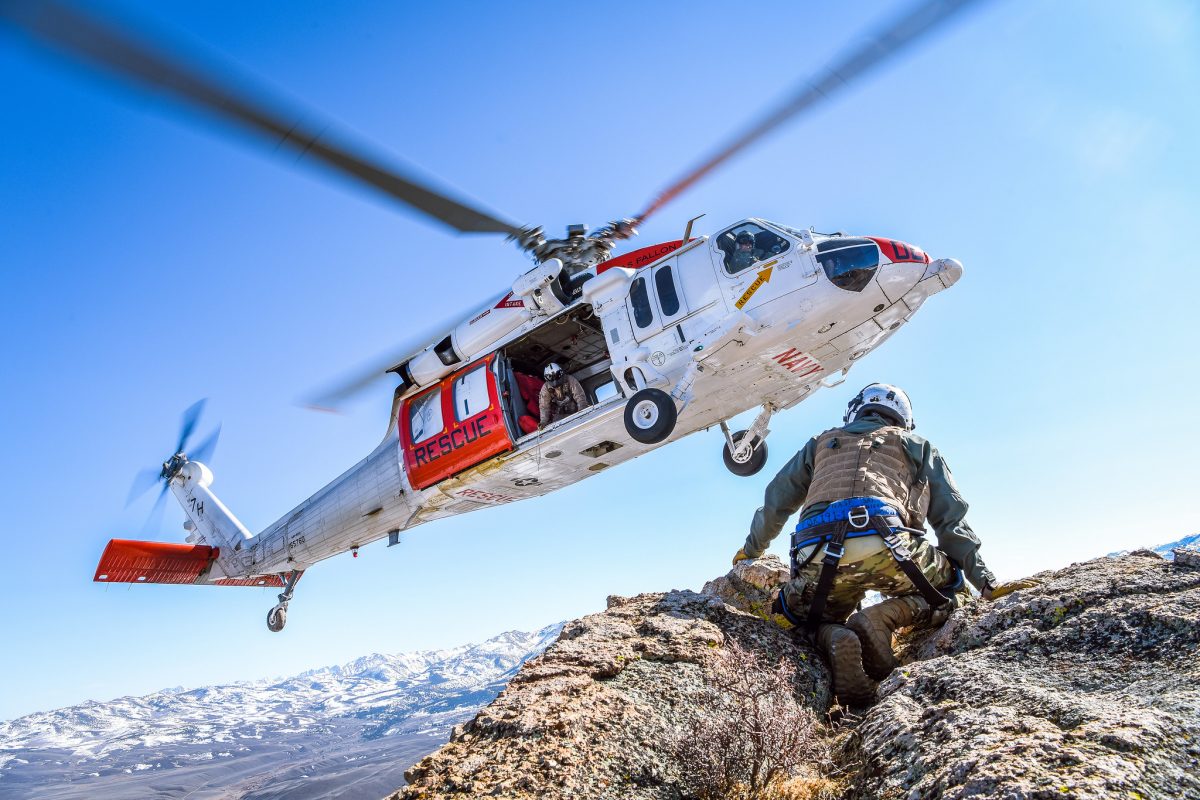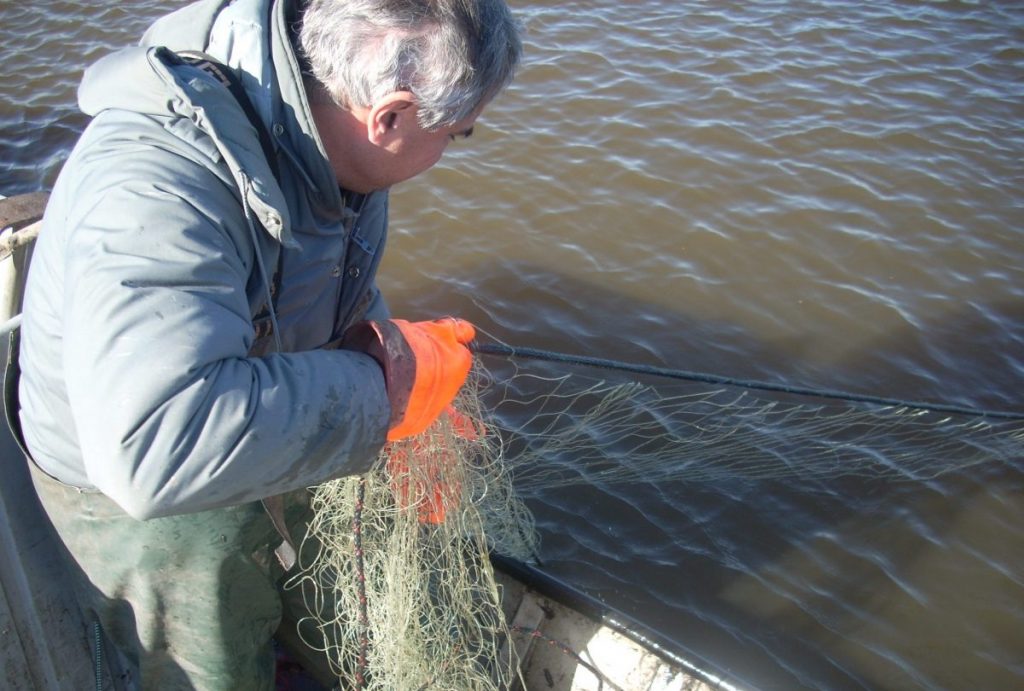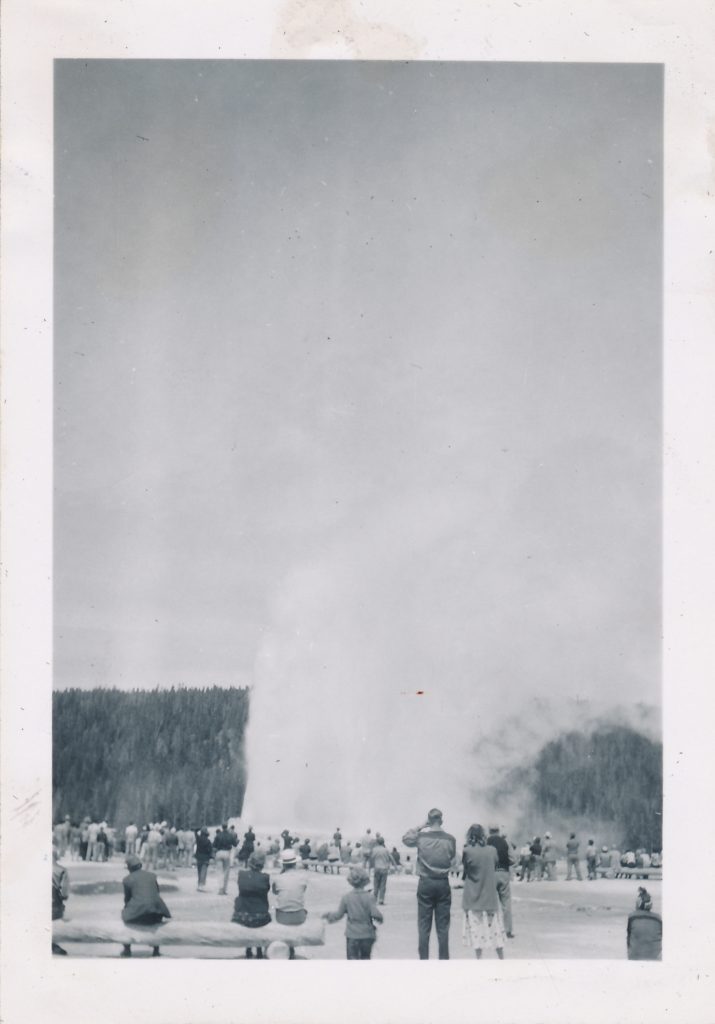In 1970, the first ascensionist of the Nose Route of El Capitan in 1958 Warren Harding, together with his partner Dean Caldwell, famously refused a rescue on another El Capitan route after the National Park Service (NPS) lowered rescue ropes to them 22 days into their climb on the Wall of Early Morning Light. Now known as the Dawn Wall, it was a difficult route requiring the pair to spend 27 days on the wall without coming down. Hammered by storms during one stretch in early November, the two climbers spent 107 hours straight huddled inside their covered hammocks, soaked and shivering. Their food began to run out. NPS decided a rescue was in order and began helicoptering ropes, supplies and potential rescuers to the summit. Harding scribbled a note in an empty tuna can and tossed it down. It read: “A rescue is unwarranted, unwanted and will not be accepted.”
Although they surely suffered, Harding and Caldwell’s grit inspired many.
Since their time, access to and participation in outdoor recreation has grown exponentially. In 2021, backcountry use — fueled by the pandemic — was at an all-time high. As one example, in iconic Yellowstone National Park, camping increased 93 percent over a two-year period, while backcountry camping increased 117 percent in that same time frame, according to an NPS news release.
Also hitting record highs are search and rescue (SAR) operations — some lifesaving, but others no more than a taxi ride for a tired hiker. This trend is causing deep concern among park rangers and conservationists as they fear backlash for unnecessary rescues undertaken on the public’s dime.
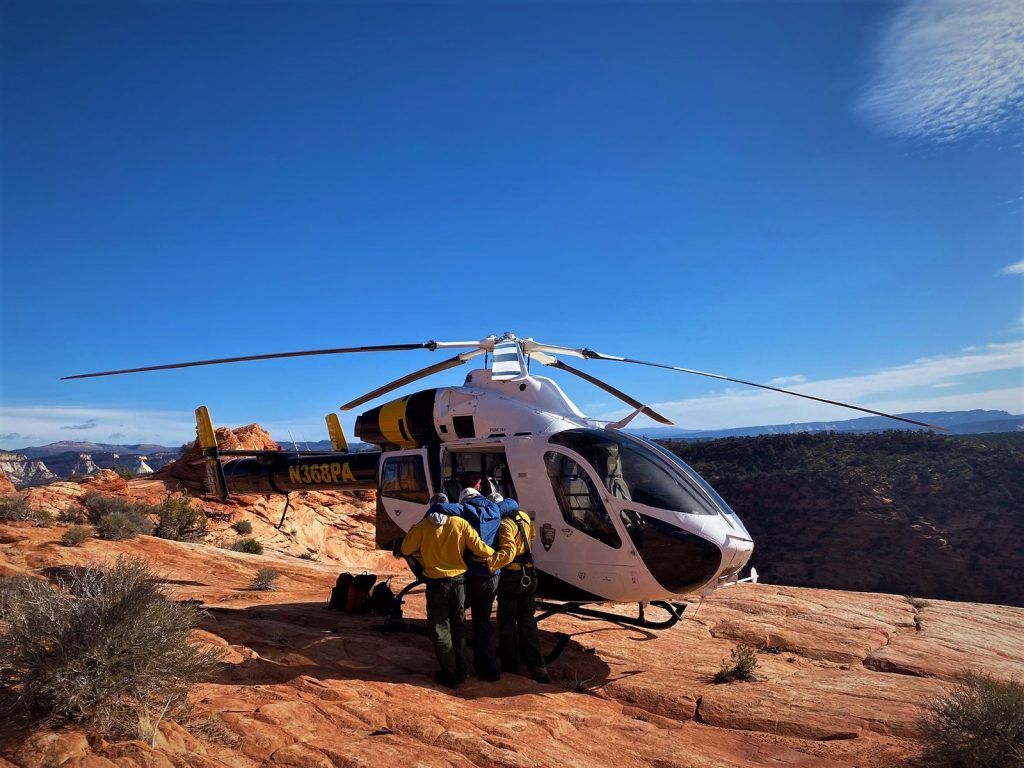
“Rescues used to be more common on weekends. Now they happen every day. What we’re seeing is that our weekdays have become more like what our weekends were like, and our weekends have all become like what a holiday weekend used to look like,” said Scott Ellis, a spokesman for NPS. The SAR numbers are stark at Acadia National Park in Maine, where SAR operations through mid-August 2020 were up 65 percent compared to the same period for 2019. In 2020, park rangers at Mount Rainier National Park tallied 60 SAR operations — the most in the past five years, according to park data. At the top of the list are Grand Canyon and Yosemite National Parks, reporting 785 and 732 SARs, respectively, between 2018 and 2020.
Increasing SAR numbers are not always correlated with an increase in visitation, however. Some national parks, including Grand Canyon, witnessed an increase in SAR operations despite a drop in visitation in 2020 – early in the pandemic. “Our number of SAR calls is up about 25 percent despite the park’s visitation being down by about this much,” said Meghan Smith, Grand Canyon National Park’s preventive search-and-rescue supervisor.
“Rescues used to be more common on weekends. Now they happen every day. What we’re seeing is that our weekdays have become more like what our weekends were like, and our weekends have all become like what a holiday weekend used to look like.”
The causes for this trend are many. The Covid-induced backcountry boom is certainly one, but it’s also the no-charge policy of public agencies, increased use of rescue beacons such as the InReach and, in some cases, a different mentality among new recreational users and their perception of risk. This last category has led to jaw-dropping behavior by some outdoor users, who find themselves calling for help only because they are ill-prepared, out of shape or think a helicopter is a convenient option when things get uncomfortable.
In fact, “tired hikers” account for the lion’s share of SARs, representing 55 percent of all U.S. National Park rescues in 2016. By far, the leading underlying causes for rescues — representing 42 percent of all SARs in 2016 — are fatigue, being physically unprepared or a judgment error. In contrast, natural events including wildfires, floods, rock falls, avalanches and cold weather collectively accounted for less than 10 percent of all rescues that same year.
I witnessed one of these unnecessary rescues of a fatigued recreationist firsthand when the blade slap of a helicopter’s rotors caused me to take my eyes off my handhold on the Grand Teton and look toward the southern sky on an August afternoon. I could barely make out the human body (or body bag) dangling from the long line beneath the rescue helicopter hovering over the Middle Teton. My mind flipped through the possible scenarios that led to this climber’s serious injury or even death — a rock fall, a long fall off a rope, a freakish lightning strike from a single thunderhead amidst blue skies?
Later, to my surprise, the climbing ranger said that the climber was fine, muttering something about a “courtesy rescue,” not losing a step in checking my bear barrel in on his computer. In simple terms, this was an unnecessary rescue of two uninjured, fatigued climbers. The two Floridian climbers decided they were unable to continue their climb after getting off route while attempting to ascend the “Dike Route,” a climb ascending a pronounced black dike, a geologic feature of linear black basalt leaning like a giant yardstick against the Middle Teton. The climb itself is less than a thousand feet in length, rated at 5.4-5.6 — a rating accomplished by most gym climbers on their first day. But the total climb involves a 13-mile round trip, rated “Grade IV” for time and effort, requiring a long day on the mountain by experienced climbers. (Under this “commitment” grading system, a day at the climbing gym would be less than a Grade I, most of El Capitan Routes are rated Grade VI.)
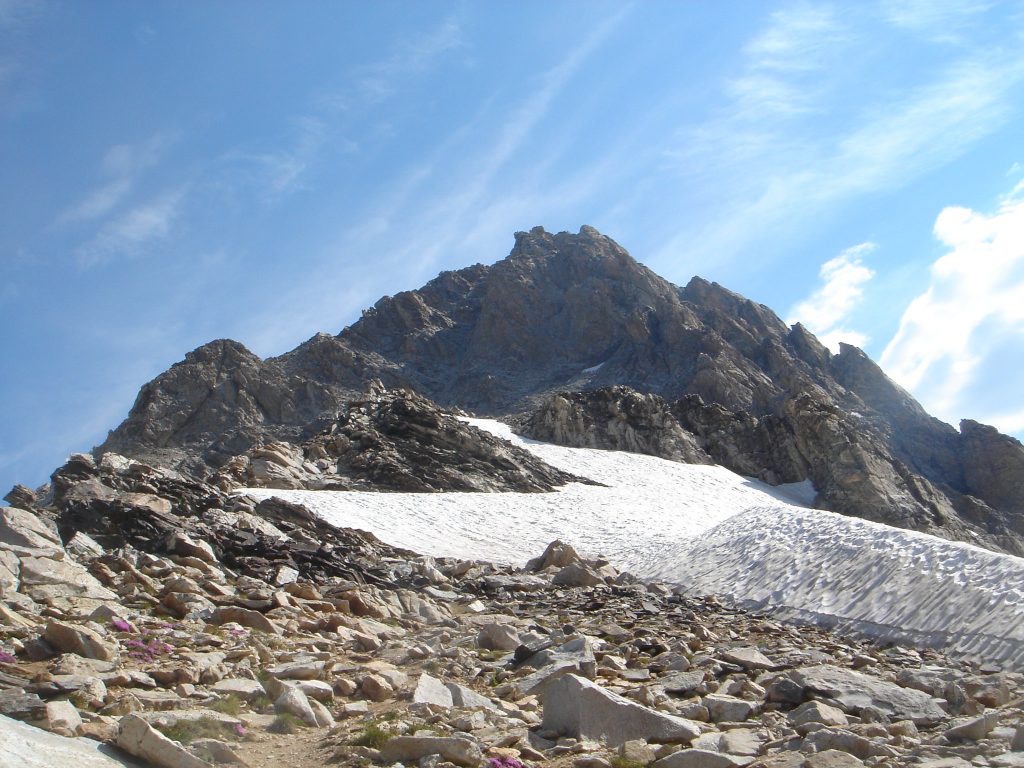
Unable to locate the top of the Dike Pinnacle, a prominent feature of the route, and citing extreme exhaustion, the pair of climbers called park rangers at 3:45 p.m. to request a rescue.
The rescue occurred on a mild sunny day in the Tetons with no rain or snow forecast. When they dialed 911, the climbers were more than four hours away from sunset.
On the Middle Teton on that clear temperate day, no one had fallen or been pinned by a rock or struck by lightning. These climbers were just plain tired — or, as Jackie Skaggs, spokesperson for Grand Teton National Park, put it: “They sat down and could not will themselves to move.” The climbers apparently had forgotten the words of Ed Viesturs, climber of the 14 highest peaks in the world, that “getting to the top is optional, but getting down is mandatory.”
For their part, the park service tried to dissuade the climbers from a helicopter rescue with its attendant risks and, instead, tried to talk them into getting to easier ground on their own. Those efforts failed, and rangers reported that they opted for a rescue because the climbers couldn’t extricate themselves from a dangerous area despite having climbing gear and ropes. For an entirely preventable incident, a SAR team risked their lives on a dangerous and expensive helicopter rescue.
The climbers apparently had forgotten the words of Ed Viesturs, climber of the 14 highest peaks in the world, that “getting to the top is optional, but getting down is mandatory.”
In a press release addressing this rescue, NPS admonished all backcountry travelers, stating that “rescues were serious” and for these travelers “to recognize the risk they are creating to others when requesting a rescue.”
This hand slap from NPS was ignored or forgotten by a Denali climber last spring, who now faces charges for several federal crimes, including giving a false report for the purpose of misleading a government employee. Dr. Jason Lance allegedly lied in a 911 call in a rescue ruse saying the two people he was climbing with were sick with “shock and early hypothermia.”
The two other climbers later told investigators they had never experienced shock or hypothermia during the climb and had spent hours trying to convince Dr. Lance to rope up with them and descend the mountain on his own. They said Dr. Lance insisted the group stay put, telling them NPS was “obligated to rescue them because climbers pay a fee to access the mountain,” according to reporting by Amanda Holpuch in The New York Times.
The Role of Personal Locator Beacons & Trained Rescue Teams
These cry-wolf calls are increasing — and not just from a few bad apples. Technological advances beyond cell phones, including Personal Locator Beacons (i.e., PLBs, SPOTs, In-Reaches, SENDs), have contributed to the increase in SOS calls for minor predicaments. Jackson, Wyo., adventure writer Molly Loomis cited the 2009 incident in which a group of fathers and sons in Grand Canyon National Park activated their SPOT three times in less than 48 hours because their water tasted salty. That same year, another Grand Canyon hiker triggered her device out of concern for her partner’s snoring (she didn’t think to wake him up).
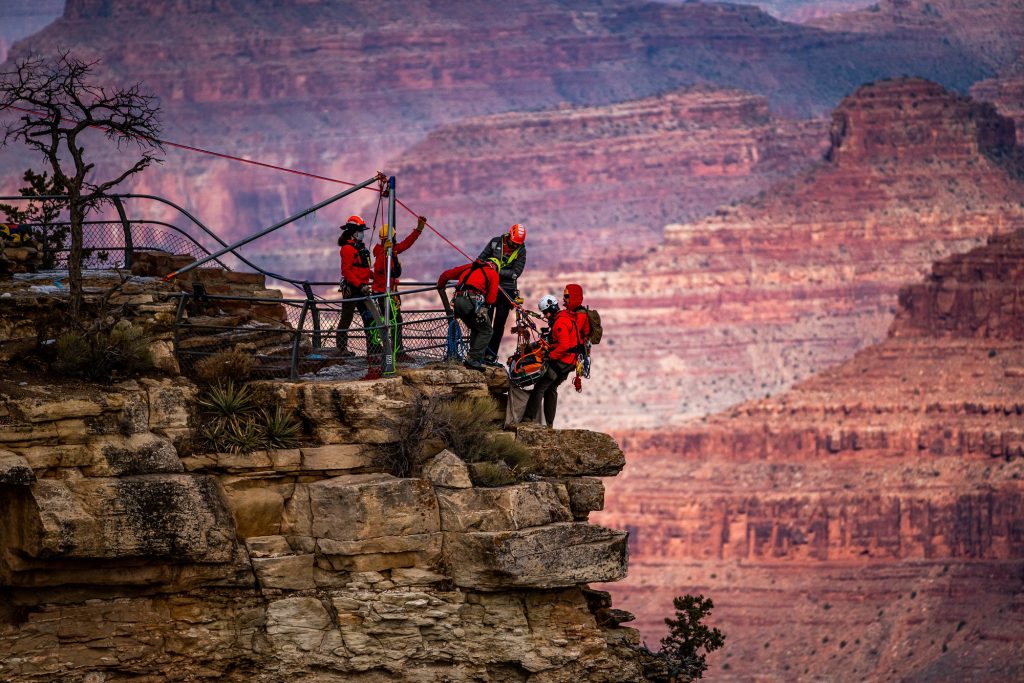
Along with the technology to reach help, climbers and hikers now have highly trained rescuers at their beck and call. Just as Yosemite Search and Rescue — formerly a group of on-call rescuers trading rescue work for the privilege of additional camping days in the park — has now evolved into a professional group, most National Parks now have extremely qualified rescuers at the ready when things go south for climbers or hikers. And recreationists are catching on to this fact.
When that Grand Canyon father-son group sent an electronic SOS when their water tasted salty, a helicopter rescue crew responded but declined their request for a night evacuation, instead providing fresh water for the group who worried they were becoming dehydrated. The fresh water didn’t prevent them from sending another SPOT “help” activation the next morning. This time the NPS capitulated, flying everybody out by helicopter. No one was hurt, and all four hikers refused medical assessment or treatment. When asked what they would have done without the SPOT device, the group’s leader stated, “We would have never attempted this hike.” Ironically, the technology and trained rescuers at hand encouraged these hikers to take more risk, behavior akin to an intermediate skier who hucks a cliff after buying a ski helmet.
The Risks of Helicopter Rescues
The mnemonic for SAR tactics for river rescues is “Reach, Throw, Row, Go, Helo,” with helicopters used as a last resort when all other methods fail. It’s the same in the mountains. At high elevation, rescue managers must exhaust all other options before pulling the trigger on a helicopter rescue as rescue crews don’t always return from the mission.
In 2002, two helicopters on two separate rescues on Mt. Hood and Mt. Rainier crashed in just a one-month period. The Mt. Hood rescue chopper caught a wind gust while attached to an injured climber, crashing and tumbling 1,000 feet down the side of the mountain, ejecting its crew and sending parts flying as it tumbled down the mountain.
As many a helicopter pilot has uttered, “One can only tie the record for flying too low.”
Crashes are an inherent risk of helicopter rescues. General helicopter aviation accidents are 80 times more likely than car accidents. Even with able helicopter pilots, helicopter rescues involve uneven topography and tough maneuvers at low elevations. And as many a helicopter pilot has uttered, “One can only tie the record for flying too low.”
What Can Be Done?
The public is largely not supportive of expensive rescues of recreationists who get in over their heads. In fact, a New York Times article from Oct. 6, 2021, titled “You Got Lost and Had to Be Rescued. Should You Pay?,” explores the idea, which many have pushed for, of states charging inexperienced recreationists who have to be rescued.
The blowback against such rescues and the excessive expense that accompany them threaten the very concept of public lands — the setting aside of beautiful but rugged lands solely for the enjoyment of recreational users and the preservation of species. Thus, unnecessary rescues are a conservation issue, requiring recreationists to be self-sufficient and leave a smaller footprint during their visit to protect public lands and the natural resources contained therein.
In the fire and rescue service, there is a saying — “Risk a little to save a little, risk a lot to save a lot.” If life or limb is on the line, helicopter rescuers are still operating within the correct risk-benefit ratios. However, if the helicopter rescue is merely a taxi ride for a tired recreationist, this ratio becomes skewed.
Hence, it falls on individual recreational users to do the necessary preparation, ensure self-reliance when conditions change and pursue “self-rescue” as their first option. But, with the massive uptick in outdoor recreation, is anything being done to get new users up to speed?
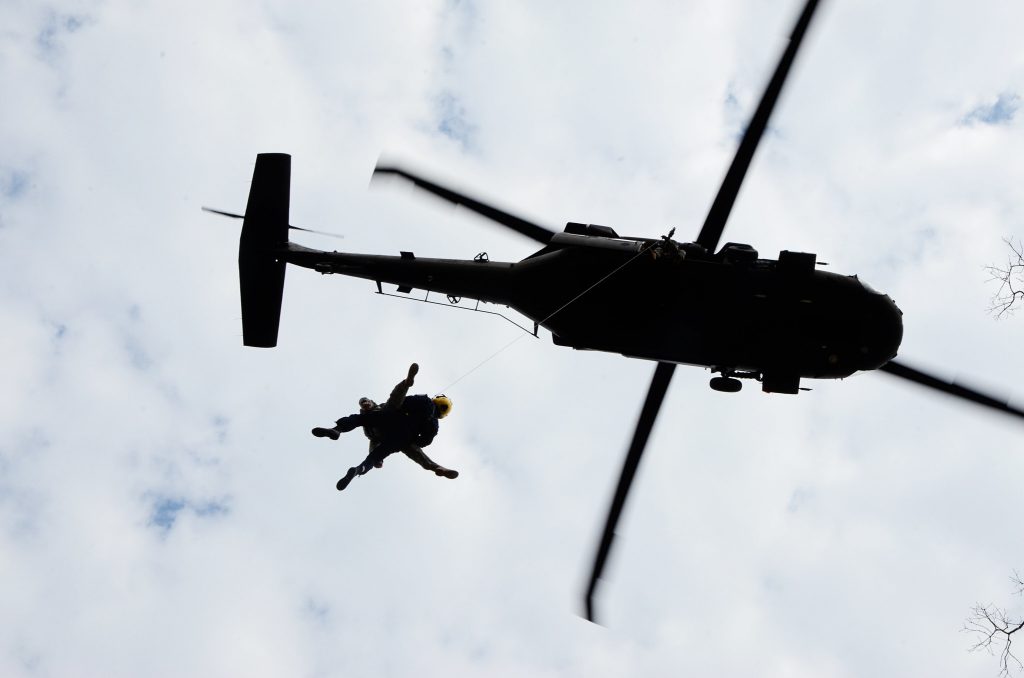
Fortunately, yes. Eighteen states now have an Office or Task Force of Outdoor Recreation that emphasizes outdoor preparedness — and private organizations are also stepping up. RecreateResponsibly.org is a coalition of 1,700 businesses, agencies, nonprofits and influential voices formed at the beginning of the pandemic to educate new outdoor users on responsible use. The outdoor recreation divisions of conservation organizations such as the Sierra Club have long filled this mentorship role with “intro” classes (to backpacking, climbing, etc.). Commercial guides are very good at skills development but come at a cost that is prohibitive for many. A newer trend is organizations that are bridging the gap among diverse users; such organizations include Latino Outdoors, Indigenous Women Hike and Big City Mountaineers.
Inspired by similar efforts to address backcountry crowding at popular winter recreation sites in California and Colorado, the Teton Pass Ambassador Program features skilled volunteers on backcountry slopes donning bright orange embroidered “Ambassador” jackets. These ambassadors are there to promote safety, a sense of community and sustainable access. In a private volunteer partnership with Bridger Teton National Forest, the Teton Pass Ambassador Program can be replicated in every National Forest and Park that is experiencing heavy recreational use.
We outdoor users are fortunate to have technological advancements and park rangers/rescuers willing to risk their lives if we find ourselves in a life-threatening situation. But these tools are meant to be used sparingly. The privilege we enjoy in being able to access these public lands comes with a responsibility to do the necessary preparation and be self-reliant – with a healthy dose of grit – before hitting speed dial. Hopefully, for the sake of rescuers’ safety, strained public budgets and the future of public lands, the word can get out.

